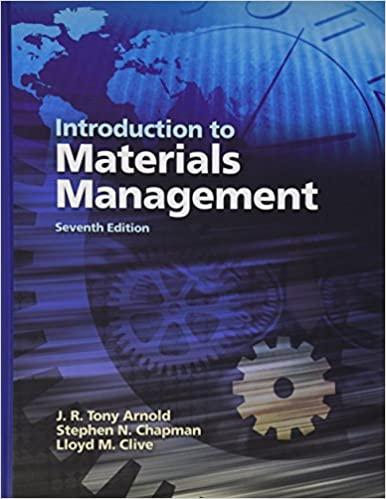Question
Please provide feedback or advice on the post below? 1. How are political values, beliefs and opinions formed? Can they change over time? If so,
Please provide feedback or advice on the post below?
1. How are political values, beliefs and opinions formed? Can they change over time? If so, how? If not, why not?
Yes, political values, beliefs, and opinions can change over time. Political socialization plays a crucial role in shaping an individual's political outlook. This process begins in childhood, where parents, schools, and religious institutions act as the primary agents of political socialization. As we grow older, peers, media, and political institutions also become significant influencers.
Political values, beliefs, and opinions are not static and can change over time. Factors such as personal experiences, exposure to new information, and changing societal norms can all contribute to a shift in political outlook. For instance, an individual who once held conservative beliefs may become more progressive over time due to new experiences or exposure to different ideas.
However, changing one's political values, beliefs, and opinions is not an easy feat. Cognitive dissonance and confirmation bias can make it challenging to accept new information that contradicts our existing beliefs. Additionally, strong emotional attachments to one's political identity can make it difficult to change political perspectives.
It is crucial to note that political values, beliefs, and opinions are not formed in isolation. They are deeply rooted in one's cultural, social, and historical context. Therefore, understanding the cultural and historical factors that have shaped our political outlook is crucial in understanding why and how our political views may change over time.
3. Compare and contrast the "two-party" system (winner take all), such as used in the United States, and the "multi-party" system (proportional representation) as used in the United Kingdom, Israel and Canada. Which do you find more compelling, and why?
Ah, the age-old debate of the two-party system versus the multi-party system. Firstly, let's discuss the winner-take-all system used in the United States. This system is pretty straightforward: whoever gets the most votes in a given election wins. This has led to the dominance of the Democratic and Republican parties, with little room for smaller parties to gain traction. This means that voters often have to choose between two less-than-ideal options, and there is a lack of diversity in political representation. On the other hand, this system tends to produce more stable governments, with clear mandates and fewer chances for gridlock. Now, let's take a look at the multi-party system used in countries like the United Kingdom, Israel, and Canada. This system uses proportional representation, which means that seats in the legislature are allocated based on the proportion of votes each party receives. This can lead to a greater diversity of political parties and ideas, with more voices being heard in the decision-making process. However, this can also lead to more fragmented and unstable governments, as coalitions must be formed in order to achieve a majority. So, which system do I find more compelling? As someone who values diversity and representation, I have to lean towards the multi-party system. While it can be messy and complicated, I think it ultimately leads to a more robust democracy. That being said, there are definitely merits to the winner-take-all system, and I think it's important to consider the unique needs and circumstances of each country when deciding which system to use.
Step by Step Solution
There are 3 Steps involved in it
Step: 1

Get Instant Access to Expert-Tailored Solutions
See step-by-step solutions with expert insights and AI powered tools for academic success
Step: 2

Step: 3

Ace Your Homework with AI
Get the answers you need in no time with our AI-driven, step-by-step assistance
Get Started


